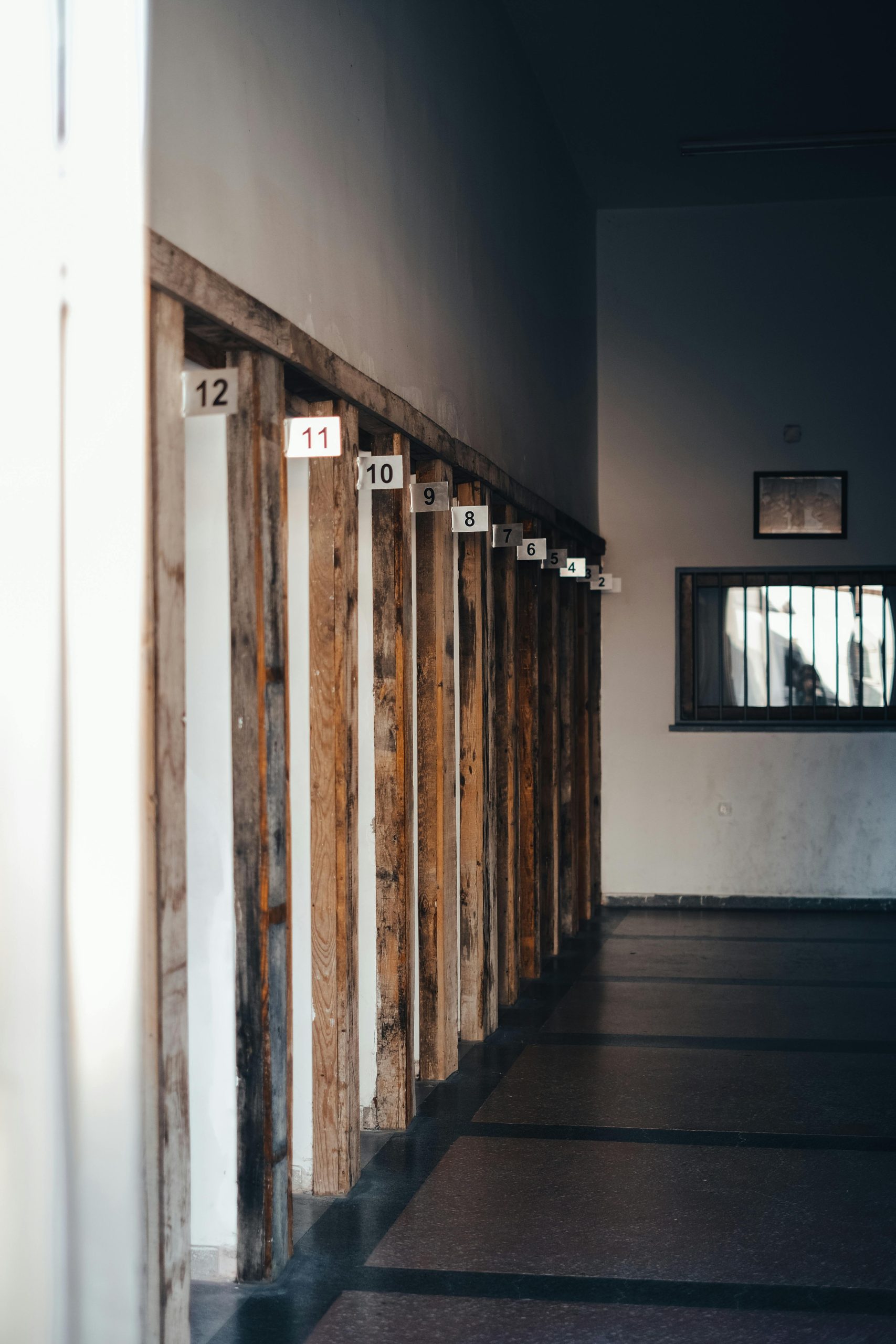Assessing Performance Differences Between Windows 10 and Windows 11: Tips for Optimizing Your Experience
As Windows users, many have noticed subtle yet noticeable differences in system responsiveness when upgrading from Windows 10 to Windows 11. Recently, some users have reported that Windows 11 may feel slightly sluggish, particularly in areas like File Explorer and context menu access, despite having appropriately spec’d hardware.
Understanding the Perception of Performance Slowness
Upgrading to a new operating system often involves a period of acclimation. Windows 11 introduces a redesigned interface and new features that, while enhancing aesthetics and usability, can also influence system responsiveness. It’s common for certain components—such as File Explorer and right-click menus—to appear slower immediately after migration.
In specific cases, users with modern hardware—such as a Ryzen 5 3500U processor, 8 GB of RAM, and integrated Vega 8 graphics—may experience perceptions of decreased performance that are not rooted in hardware limitations. Instead, these may stem from software configurations, background processes, or default settings within Windows 11.
Common Causes and Troubleshooting Steps
-
Background Processes and Updates
Ensure your system is fully updated. Windows 11 receives regular updates that fix bugs and improve performance. Navigate to Settings > Windows Update to check for and install pending updates. -
Visual Effects and Animations
Some visual effects contribute to the overall aesthetic but can cause slight delays. Adjusting these settings can boost responsiveness: - Go to Settings > Accessibility > Visual Effects
-
Toggle off animations and fade effects where possible
-
Indexing and Search Performance
File Explorer’s sluggishness could be related to indexing settings. Rebuilding the index can help: - Open Control Panel > Indexing Options
-
Click “Advanced” and then “Rebuild”
-
Disk Health and Storage Management
Verify your storage drive’s health. Use tools like Windows’ built-in Check Disk utility or third-party programs to ensure your drive isn’t causing bottlenecks. -
Driver Compatibility
Outdated or incompatible drivers can impact performance. Visit the manufacturer’s website to download the latest drivers, especially for graphics and chipset components. -
Power Settings
Windows’ power plan settings can affect system performance. Set your power plan to “High Performance” via Control Panel > Power Options. -
**Startup Programs and Background Apps
Share this content:



